Five expert tips for a leeward mark rounding | Republished from Yachting World – Original article published January 30, 2023
Olympic Gold medallist Dylan Fletcher talks through leeward mark rounding strategy and how to come out on top with Andy Rice.
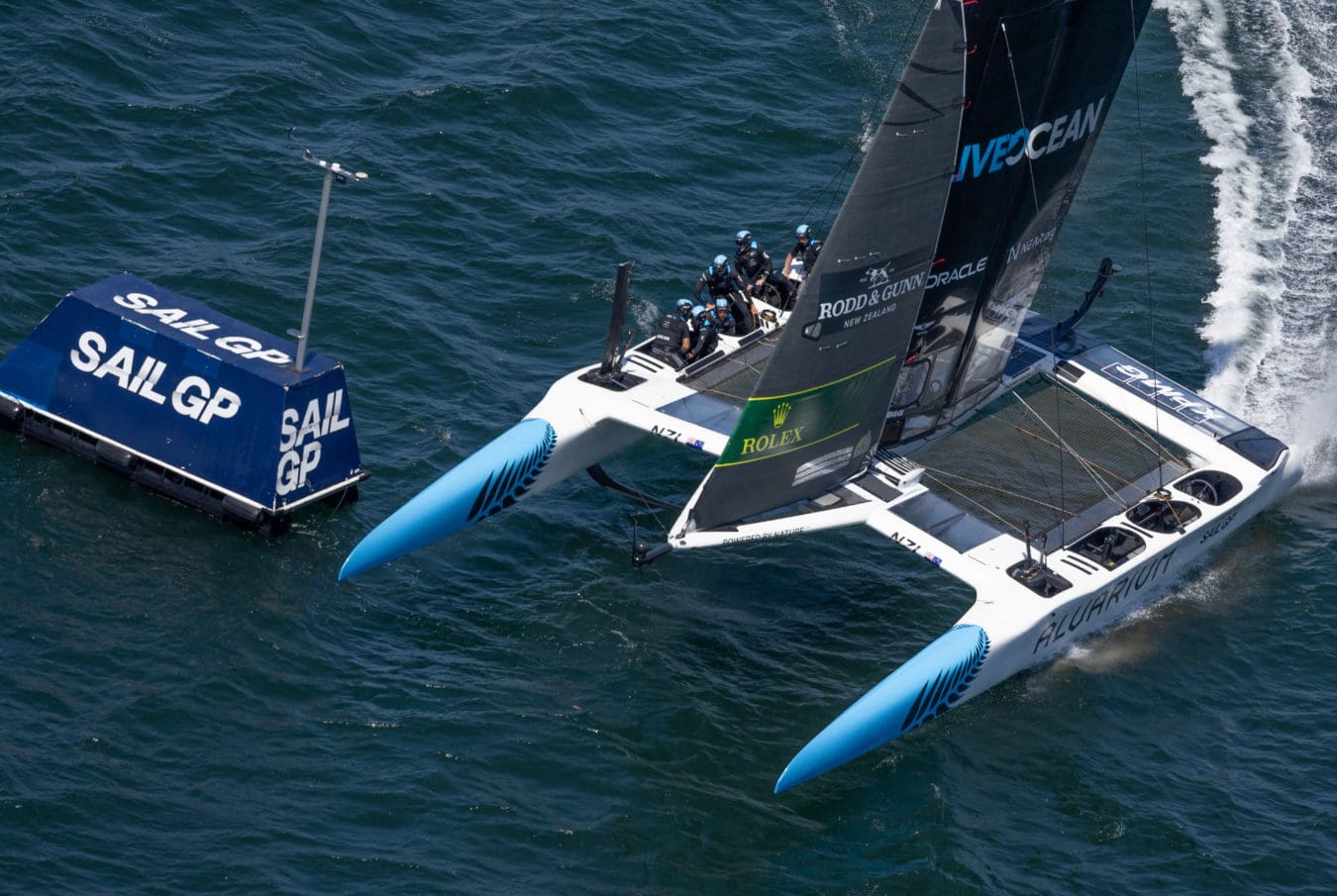
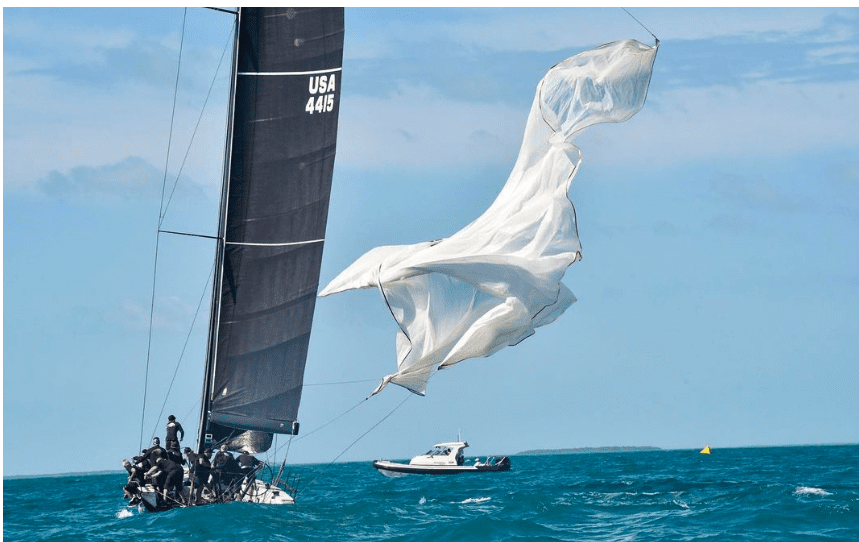
The leeward mark is one of the biggest pinch points on the race course, with the opportunity for huge gains – or the risk of enormous losses. Dylan Fletcher says the most important ingredient for a successful leeward mark rounding is to start planning well in advance of the moment. “Where are you aiming on the next leg? And where does that mean you need to be positioning yourself halfway down the run in order to get the correct rounding to execute your longer-term race strategy?”
This is particularly important at a leeward gate when you have a choice of marks, although the same still applies for single leeward marks. Dylan shares his five best tips for ensuring you achieve the entry and, more importantly, the clean exit out of the bottom of the race course.
Prepare the team
Make sure everyone knows the plan well in advance, and that everyone is clear about their job during the drop and the rounding. That includes a plan for if, and when, things go wrong – for example if the kite falls in the water during the drop. Who’s going to leave their normal post to get up on the foredeck and help get it back on board?
Over time you should aim to build up a playbook, including the timings for how far in advance you should begin the jib hoist and the gennaker drop in, say, 5, 10 and 20 knots of breeze. The more you can turn the rounding into a procedure that runs like clockwork, the more boats you’ll pass.
Avoid the slow soak
One of the most critical factors is to make sure you’re coming into the leeward mark zone at a pretty hot angle with good boat speed for as long as possible. One of the worst scenarios is finding yourself trying to soak down towards the leeward mark with no speed. It’s not so bad with a symmetrical spinnaker where you can square back the pole, although it’s still not ideal. In a bowsprit boat, soaking down from a high angle, and going slow with the sails barely filling is tactical death. Don’t be that boat.
Avoid the slow soak coming into a mark situation, which can allow the rest of the fleet to get around the outside
Come in hot
The ideal approach is broad reaching in towards the mark on starboard, right on layline, or if it’s light winds even slightly below layline. This will enable you to build as much apparent wind as possible which will carry you through the bad air of the boats floating down from to windward of you. Now is your opportunity to make big gains. A drop-gybe on a small to medium-size keelboat is the best manoeuvre, where you’re coming in on starboard below the bulk of the fleet, dropping the kite on starboard side and gybing at the mark then rounding up tight and in the high lane as you exit the mark on to the new windward leg.
Use the current
Current can and will have an enormous effect on the way you approach the leeward mark. When you’re punching against a current that’s flowing upwind, be very cautious about dropping the kite too soon. In anything but strong wind, you can be dropping as you’re turning up around the mark. Don’t allow yourself to get caught in that situation where you’ve dropped early and you’re only just making ground against the current. This is the one time when it’s okay to drop a bit too late and tidy up the mess as you’re being carried upwind on the current conveyor belt.
On the other hand, if the current is carrying you downwind, err on the side of dropping the kite too soon and be absolutely ready to turn upwind as soon as the bow passes the mark. Even if there’s only the tiniest gap between the mark and the boat ahead or on the outside of you, go for the gap! When the current is taking you downwind, once you’re level with the mark, that gap will always open up for you. So don’t be shy, take it.
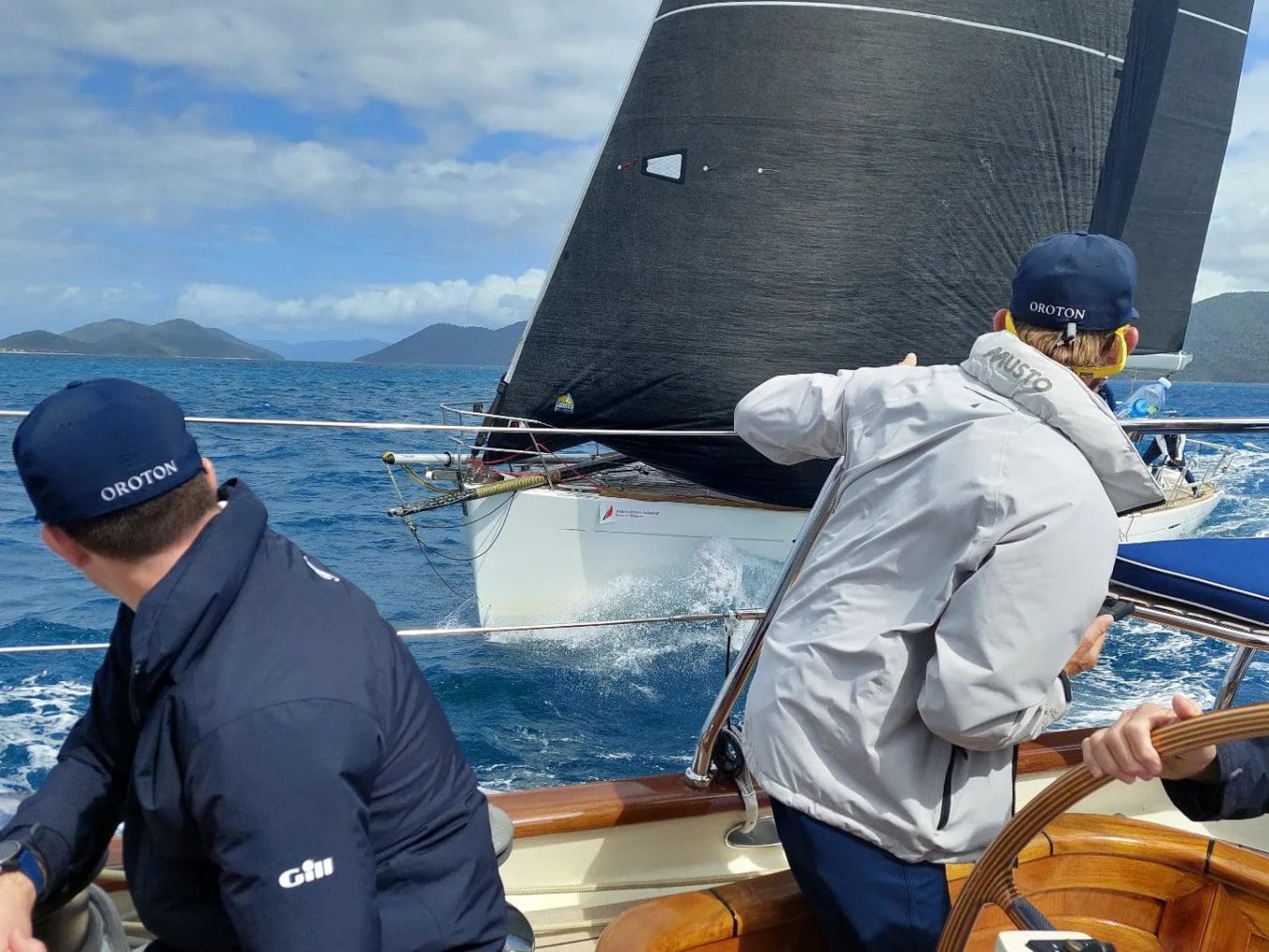
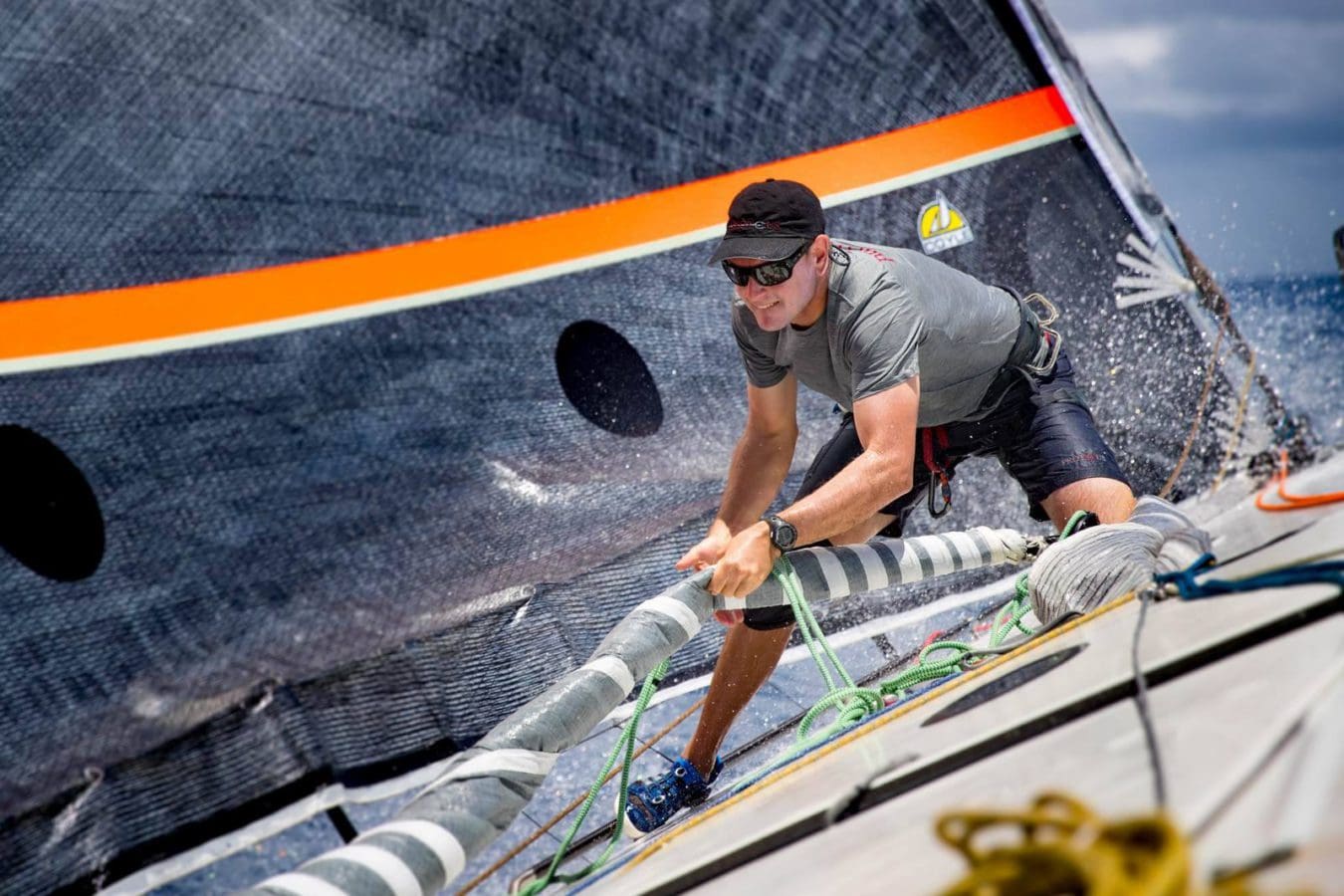
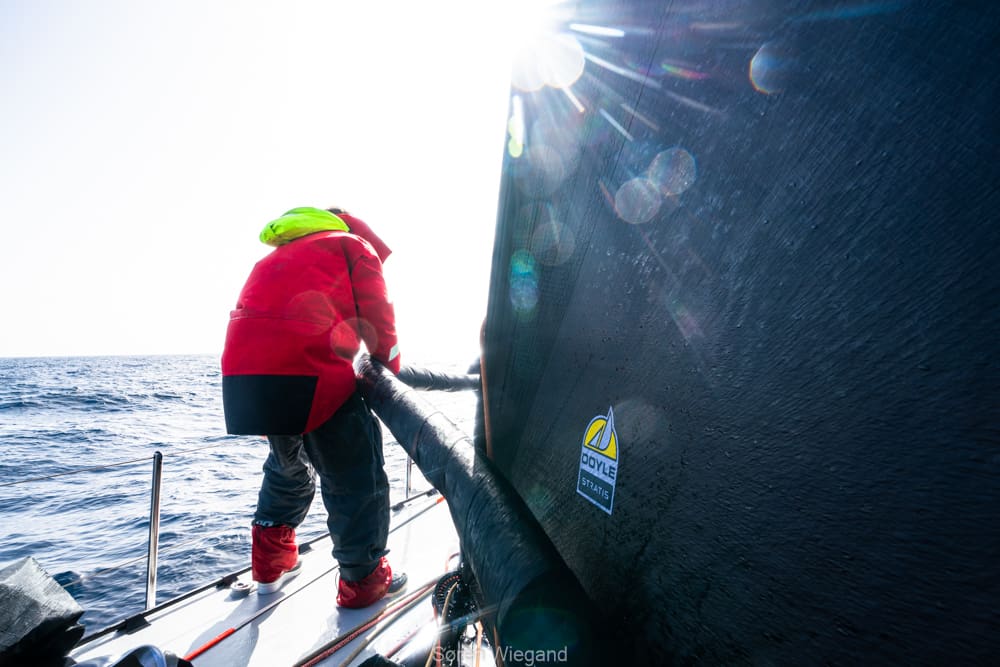
Exit strategy
When you have a choice of gate marks to go around, don’t necessarily be tempted by a biased gate and simply go for the shortest distance every time. A biased gate should be just one minor factor in a number of considerations. The main thing is to give yourself the best chance of a clear lane out to the favoured side of the course.
So if you know it’s a ‘go left’ course on the upwind legs, most of the fleet will be turning right through the gate and sheeting in on starboard. Rather than fighting for clear air in that long line of boats, a good alternative can be to go around the left-hand mark and tack immediately, or as soon as possible, onto starboard after completing the rounding. Be prepared to put up with some short-term traffic and congestion if it ends up giving you a clean lane in the right direction for the next leg.
YACHTING WORLD // https://www.yachtingworld.com Yachting World has had its finger on the pulse of sailing since 1894 (though some of us joined a little more recently). We reckon we are the most enthusiastic sailing fans in the world: we love boats of all kinds, modern and classic, we like racing and cruising, are fascinated by innovation yet revere tradition, and nothing that floats is too big or too small for our tastes.
Every day online and every month in print we bring you the very best in adventurous sailing, whether that be bluewater cruising, ocean racing, high latitudes exploring, or anything in between, and we pride ourselves on our independent tests, in-depth reports and top quality photojournalism.
ABOUT DOYLE SAILS // Around the world, Doyle Sails has over 500 sailmakers in 46 different locations, all equally passionate about sailing – living and breathing our ethos ’Global Leaders and Local Experts.’
As sailors, our obsession with sailing connects us to the water. The water is our playground, a sanctuary where we seek enjoyment, a competitive playing field where we race as competitors; it’s sometimes our home and always a place that unlocks our sense of adventure wherever that adventure might take us. Behind every adventure is a Doyle sailor who shares this same obsession as you. We put your journey at the very heart of what we do to deliver the ultimate enjoyment and performance, powering our constant need to push the boundaries in sail design and innovation, to reimagine sailing.
From dinghies, club racers and cruising yachts through to Grand Prix campaigns and Superyachts, we are your experts. Meet our team here.
